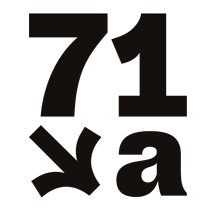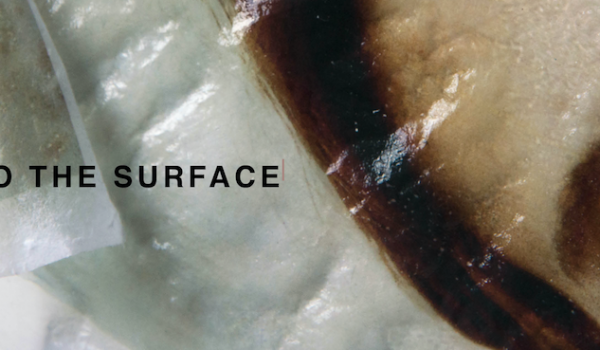RAW TO THE SURFACE
1st December – 3rd December | 71A Gallery | 71a Leonard St, London EC2A
Opening night and interactive performance
Thursday 1st December, 6pm – 9pm
Camilla Glorioso’s Raw to the Surface aims to challenge the way we perceive fashion visual material and the female bodies in it, working on the limit between material and immaterial, inside and outside.
Raw to the Surface is Camilla Glorioso’s first solo exhibition, placing her work in the contemporary fashion photography discourse suggesting a new approach, that escapes from the digital displays, challenging the viewer’s usual ways to experience fashion visuals. The works exhibited investigate new ways of perceiving the material composition of the female body and the picture, attempting to visualise the borders and limits between inside and outside of the body.
On the 1st December the public will be invited to an opening night and interactive performance that will allow the visitors to see, touch and manipulate the works. The aim is to provoke the viewer through a tactile happening, letting the power in their hands but directing them through an unusual experience.
A collaborative work with artist Mark Goldby will also be on display. Glorioso met Goldby through the In Your Own Skin collective, founded by her during her time at LCF and gathering together students and graduates across UAL interested in themes such as skin, embodiment and materiality. The two have found a rich common ground to work together, sharing not only the interests mentioned above but several theoretical points and practice processes.
Camilla Glorioso is a fine art and fashion photographer born in Padova in 1993. After her BA in Visual Arts in Venice she moved to London to attend the MA Fashion Photography at London College of Fashion to challenge the fashion photography typical bi-dimensional approach through new display solutions and use of materials.
Her work is currently focusing on the materiality of the human body, and its details. These have a central importance in her works, as keepers of the human’s ‘otherness’. Skin details, moles, wrinkles and folds help the viewer to leave the person portrayed behind and give space to the body as material object.




